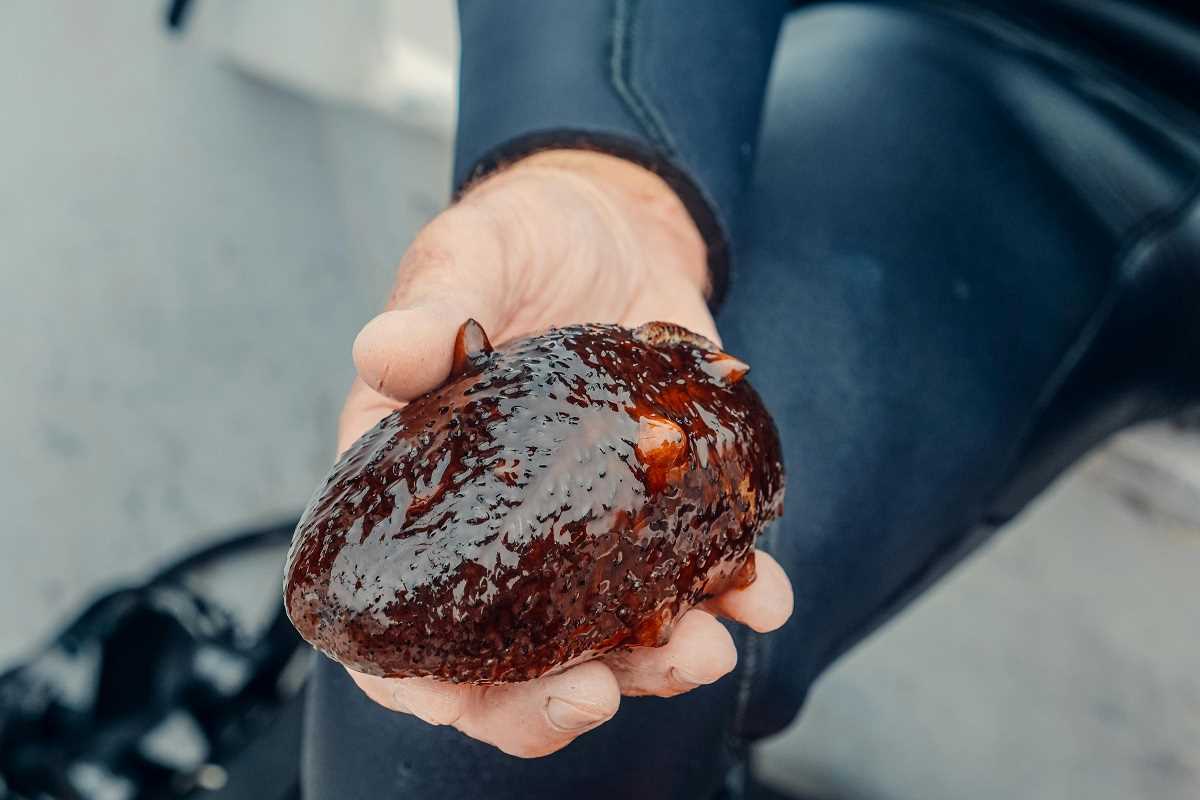Few careers spark as much fascination as that of a marine biologist. From studying vibrant coral reefs to tagging elusive marine species, marine biologists have a front-row seat to the mysteries of the ocean. Their work is essential for understanding how marine ecosystems function and how we can protect the vast, interconnected world beneath the waves. If you’ve ever wondered what it’s like to walk (or swim) in their flippers, here’s a glimpse into the daily life of a marine biologist.
Starting the Day in the Field or Lab
Marine biology is a balance of fieldwork and lab research. The day often begins early, especially if fieldwork is planned. Many marine biologists find themselves boarding a research vessel or heading to the coastline at sunrise. Out in the field, their primary goal could range from collecting water samples to observing marine species in their natural habitat.
For instance, if the focus is coral reef health, they may gear up for a scuba dive to assess coral conditions and document biodiversity. This might involve underwater photography, counting fish populations, or collecting small samples of algae or coral for closer analysis back in the lab. On other days, they could be tagging sharks to track their migration patterns or monitoring sea turtle nests on the beach.
If fieldwork isn’t on the agenda, their morning may begin in the lab. Here, they analyze data collected during previous expeditions. This work could involve studying microscopic plankton, testing water pH levels for signs of acidification, or investigating how pollution is impacting marine life. Either way, each day offers new puzzles to solve.
Research Methods and Tools of the Trade
Marine biology is rooted in scientific inquiry, and the methods used to study ocean ecosystems have become increasingly advanced. Marine biologists rely on a blend of traditional techniques and cutting-edge technology.
- Observation and Sampling: SCUBA gear is a marine biologist’s best friend when it comes to firsthand observations. Hand tools like plankton nets, sediment samplers, and water analyzers are used to collect data from the field.
- Tagging and Tracking: To learn about animal behavior and migration, biologists attach tracking devices to marine creatures like whales, sharks, or sea turtles. These transmit GPS data that reveal movements over months or even years.
- Remote Sensing and ROVs: For research in deep-water habitats or remote areas, Remotely Operated Vehicles (ROVs) and underwater drones are used for exploration and sample collection.
They also use statistical software to analyze the trove of data they gather. Patterns and trends in the data can reveal important insights about marine ecosystems, helping scientists predict how oceans might respond to environmental changes.
Connecting with Nature and Facing the Challenges
Working with ocean life brings immense joys but also challenges. On the positive side, spending time in spectacular marine environments is a dream come true for most marine biologists. Floating alongside a pod of dolphins, witnessing a school of manta rays glide by, or working in harmony with sea turtles are moments that many cherish as highlights of their career.
However, the work isn’t without its difficulties. Field research often involves long hours, unpredictable weather, and physically demanding conditions. Diving for extended periods or conducting research in remote locations takes a toll. Equipment failures and funding uncertainties can pose additional roadblocks, and marine biologists must also contend with the emotional weight of witnessing biodiversity loss and habitat destruction firsthand.
The Importance of Their Work
The importance of marine biology extends far beyond the wonder of marine life. Oceans regulate the climate, provide resources, and support millions of species—including humans. Marine biologists are crucial in studying and addressing the threats facing the marine environment, such as overfishing, pollution, coral bleaching, and climate change.
For example, monitoring coral reefs can reveal how warming oceans affect biodiversity. Studying fish populations informs sustainable fishing practices that protect food sources for millions of people. Researching microplastic pollution provides the data needed to advocate for more responsible waste management policies.
Marine biologists are often at the forefront of conservation efforts. Their findings help guide policymakers, inform the public, and create awareness of the delicate balance required to maintain healthy ecosystems. Whether it’s creating marine protected areas or developing innovative solutions for sustainable aquaculture, marine biologists are helping shape the future of ocean conservation.
The Journey to Becoming a Marine Biologist
If you’re inspired by the idea of studying ocean ecosystems, becoming a marine biologist begins with a solid educational foundation. Here’s what the path to this fulfilling career typically looks like:
- Start with a Strong Academic Foundation - High school students interested in marine biology should focus on subjects like biology, chemistry, physics, and mathematics. Getting involved in extracurricular activities like environmental clubs or volunteering at aquariums can also provide valuable experience.
- Earn a Bachelor’s Degree - Most marine biologists begin with a degree in biology, marine science, or environmental science. These programs cover essential topics, including marine ecosystems, oceanography, genetics, and climate science.
- Pursue Advanced Degrees - While entry-level roles may require only a bachelor’s degree, advanced positions often demand a master’s or doctorate degree. Graduate studies allow you to specialize in areas like marine conservation, fishery management, or deep-sea ecosystems. These programs often include intensive research opportunities, giving you hands-on experience in the field or lab.
- Acquire Practical Experience - Working as a research assistant, interning with marine-focused organizations, or participating in studies abroad can give you the practical skills needed to stand out. SCUBA certification is often required for hands-on marine research.
- Develop Specialized Skills - Marine biologists benefit from additional skills like using Geographic Information Systems (GIS), coding for data analysis, or operating advanced laboratory equipment. Communication abilities are also essential for presenting findings to non-scientific audiences and advocating for policy changes.
Despite its challenges, a career as a marine biologist offers unparalleled rewards. Every day presents an opportunity to uncover something new about the world beneath the waves, contribute to essential conservation efforts, and inspire others to care for our planet’s oceans.
Whether they’re navigating the open seas or analyzing samples in a lab, marine biologists are united by a shared mission to better understand and protect Earth’s vast blue frontier. The work they do illuminates the wonders of marine life while addressing some of the most pressing environmental issues of our time.
 (Image via
(Image via





.jpg)